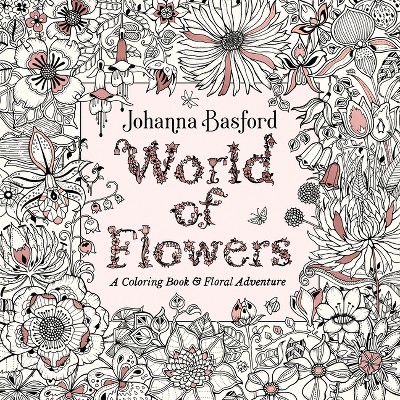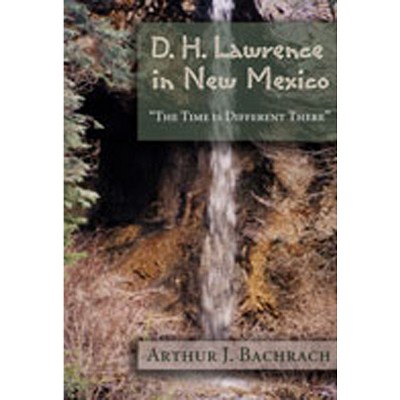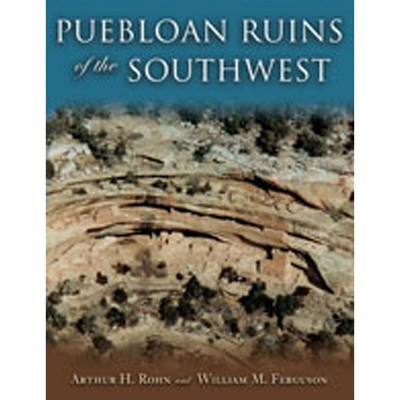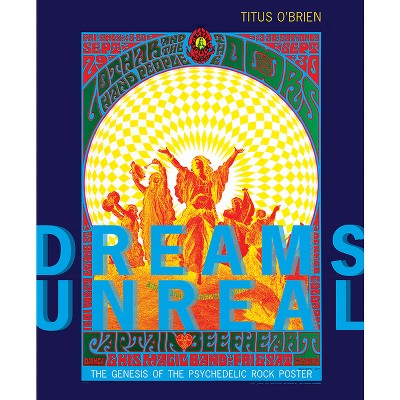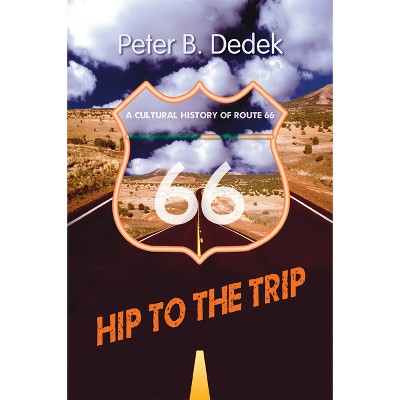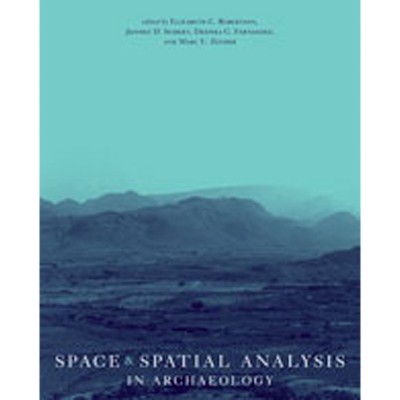About this item
Highlights
- New Buffalo was one of the most successful of the collective farms that dotted the country in the 1960s and 1970s.
- Author(s): Arthur Kopecky
- 312 Pages
- Social Science, Popular Culture
- Series Name: Counterculture
Description
About the Book
Kopecky's journals take us back to the beginnings of New Buffalo, one of the most successful of the communes that dotted the country in the 1960s and 1970s, where he and his comrades encountered magic, wisdom, a mix of people, the Peyote Church, planting, and hard winters.Book Synopsis
New Buffalo was one of the most successful of the collective farms that dotted the country in the 1960s and 1970s. Arthur Kopecky's journals take us back to that era as he and his comrades wend their way to the area near Taos, New Mexico, where they encounter magic, wisdom, a mix of people, the Peyote Church, planting, and hard winters.
The journals trace the group's evolution to adulthood as the party mood of the early 1970s gives way to the concerns of maintaining a growing farm. By 1975, several hundred people had called New Buffalo home and the business turned away from their counterculture goats, focusing, instead, on dairy cows.
"New Buffalo was emblematic of any number of communes where people came together by happenstance and "grew" a life together. The struggle and costs, the hard work, the endless labor and attention required to be self-sufficient; the learning of new skills, social and physical, that made every day an adventure are all here. . . . Remember or learn what it felt like to be young, optimistic, empowered and dedicated to making a better life. You will be amazed to see what persistent, dedicated, selfless, hard work can accomplish."--Peter Coyote, actor, activist, and former resident of the Olema commune
Review Quotes
..."the seasonal cycles of activity and the drug and alcohol-laced entertainment provide accurate snapshots of the living conditions, personal relationships, and community involvement that hippie communes everywhere shared in one form or another."
"ÝKopecky's¨ conflict over the community's need for both individual freedom and rules and the role of private ownership verses communal sharing create a smooth undertone for many of the journal entries."
"It is enormously welcome to see a published primary document that lets us into the daily life of one of the fabled communes of the era. This first-person voice captures the magic--and the more sordid realities--of the 60s communal enterprise as well as anything that has yet appeared."
"Kopecky's book celebrates the counter cultural revolutionaries of the 1960s...Ýand¨...the practical application of hippie idealism."
"Wallace Stegner referred to communal living in his novel, "Angle of Repose": 'I want a society that will protect the wild life without confusing itself with it.' Such is the genius of Kopecky's lesson at New Buffalo."
"Art combines careers in dairy and construction, a decade of communal living, and a study of history for a unique and hopeful outlook."
"Arthur Kopecky's journal of his first five years living at New Buffalo commune will be of interest to anyone who wants to get a feel for what daily life was like in Taos's most successful commune."
"Kopecky's journal conveys the nitty-gritty reality of communal life very, very well."
"The journals are simple, quickly scribed but philosophical accounts of day-to-day life at New Buffalo."
"With "New Buffalo," we have a first-hand depiction of commune life. . . it is a genuine resource for historians and those interested in the commune phenomenon."
"This book is for readers ready for a nostalgic romp through a more hopeful and innocent time, with the poignancy of infinite possibilities as Kopecky follows the seasons."


